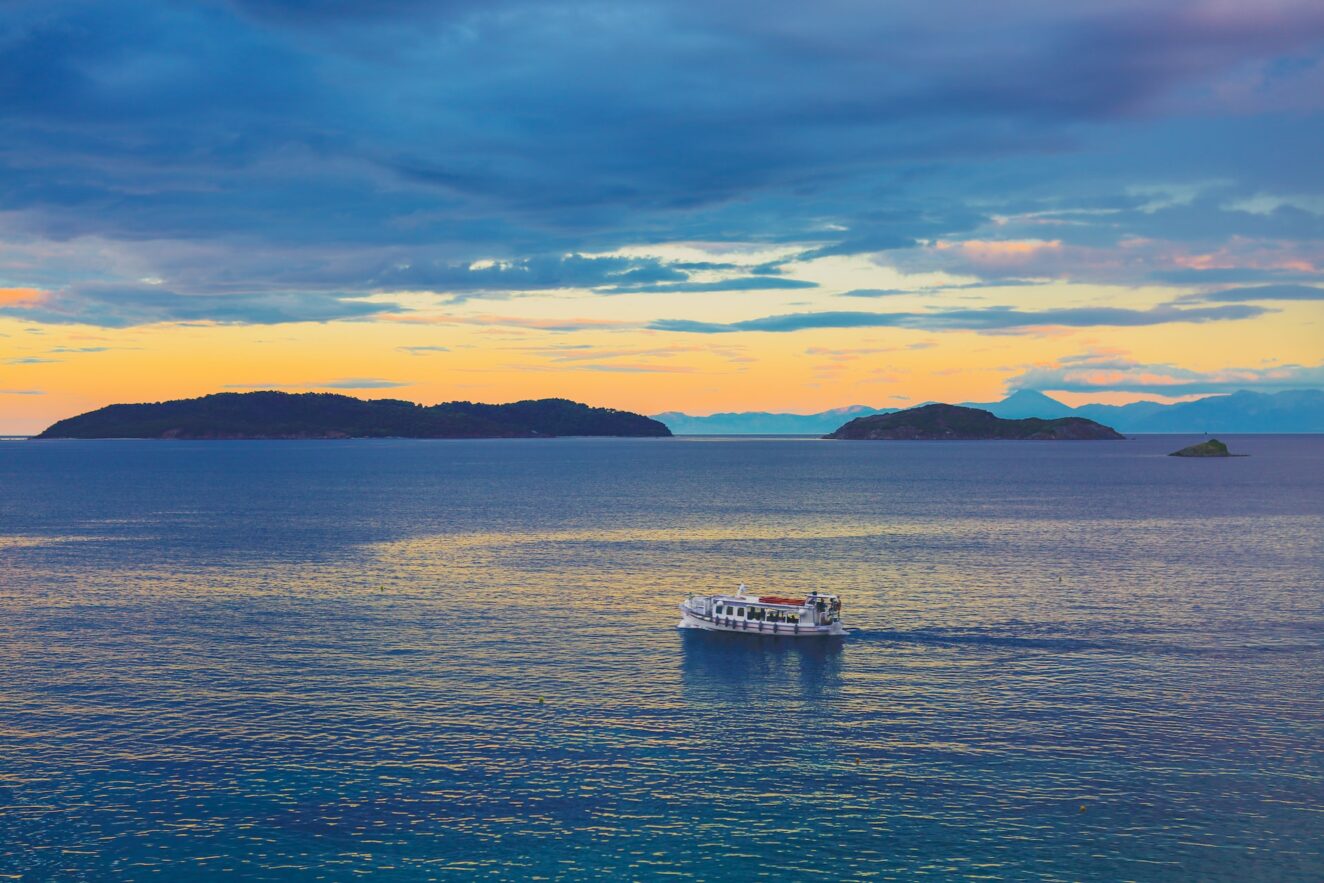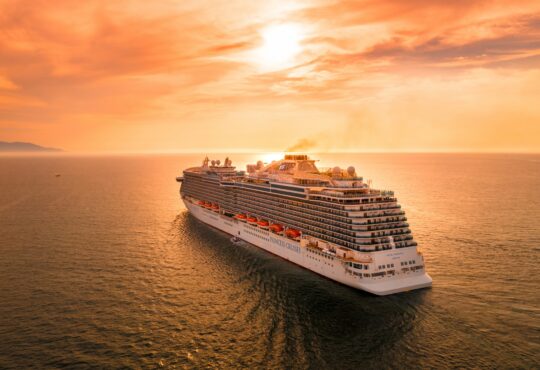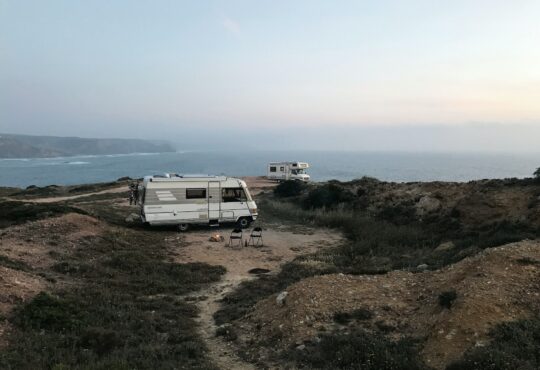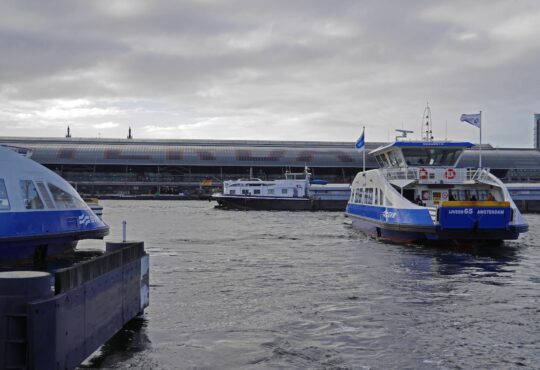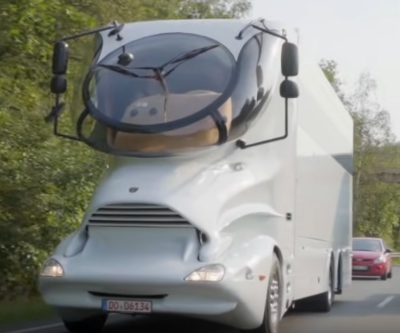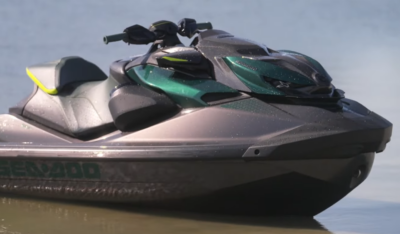
Before a trip on the water, you need to know about water transport
For the beginning…
Water transport is a type of transport that is used for cargo and passenger transportation by waterways. These can be either natural (rivers, lakes, seas and oceans) or artificial (canals, reservoirs) waterways. The main means of transport is the ship.
The history of water transport begins in ancient Egypt. Until the second half of the 19th century, when transcontinental railroads were created, the most important mode of transport was water (both river and sea). Even today this type of transport plays an important role: from 60% to 67% of world freight turnover is accounted for by river and sea ships.
Design of the Ship
The classic concept of water transport is a ship, a boat, a yacht. But kayaks, inflatable boats, barges, catamarans, hovercrafts, as well as drilling rigs, screen-planes, screen-jets, seaplanes also belong to the category of vessels.
Most sea- and river-going ships have a number of design elements in common:
- Hull
- Superstructures, deckhouses
- Ship power plant
- Shipboard machinery
- Ship systems and pipelines
- Equipment and electrical facilities
But there are distinctive features for some ship categories, such as a screen-plane and a seaplane. For the most part, they are airplanes, but their hull is designed on the boat principle.
A ship’s hull is a watertight shell which makes the vessel float on water. The end of the hull is fitted with beams called stays. A stem is a beam that is installed at the bow of the ship’s hull. As well as the bow ends, they can be equipped with vertical end walls for tug or pusher ships. Vessel hull is usually made of steel.
Passenger ships have decks, while river and mixed-sea vessels have one deck – the main one. Marine passenger ships have several decks – upper (main), middle, lower. Large passenger ships navigating lakes have two decks.
To make the ship unsinkable, its hull is divided by inner watertight transverse bulkheads. This creates several rooms – compartments.
